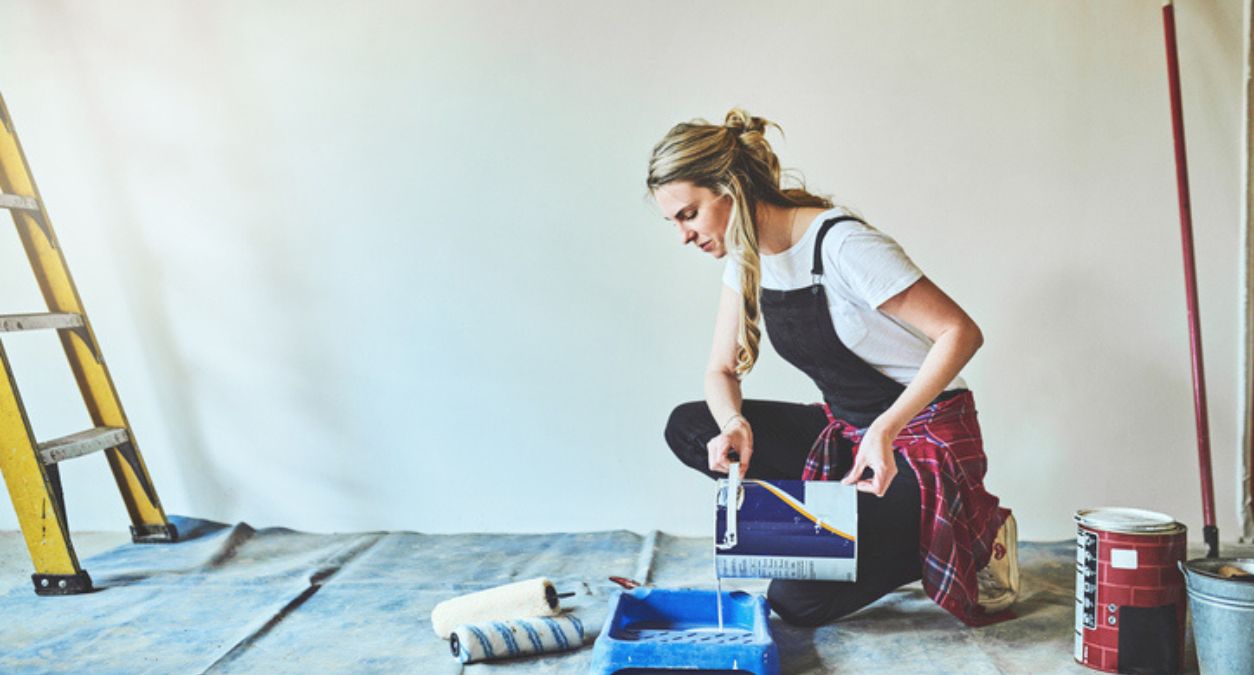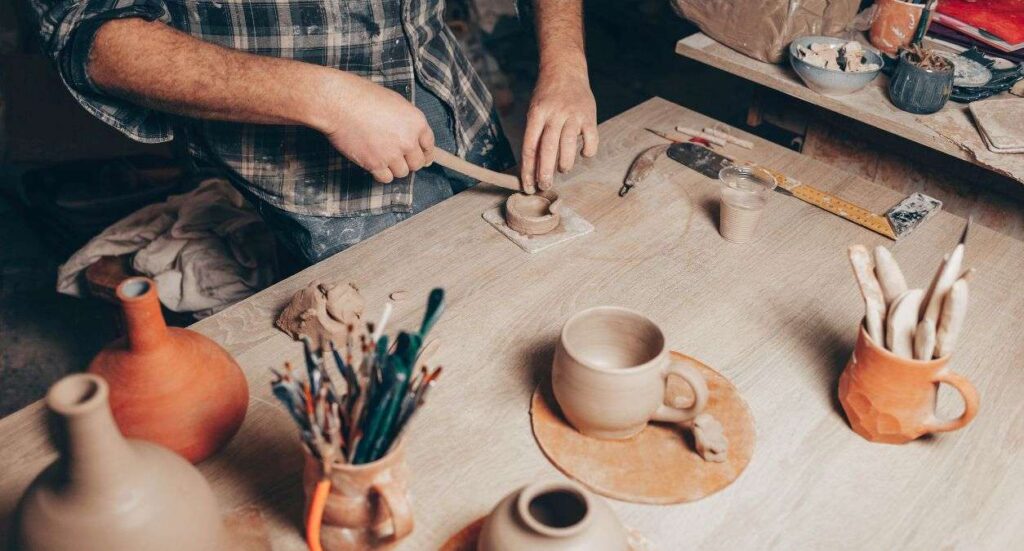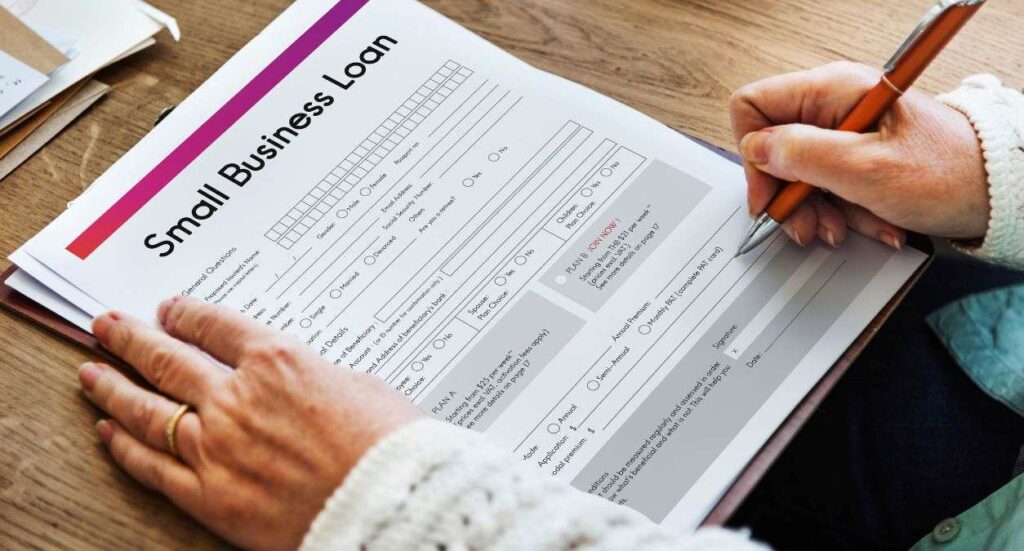Contributors
My main focus is managing the blog and product content for the Protectivity website ensuring everything aligns wi...
Determining a fair and competitive price for your services is one of the most essential aspects of running a painting and decorating business. It takes a little time and careful calculation, but once you’ve refined this process, you can apply the same methodology time and time again to reliably price up each job.
You’ll need to incorporate a range of factors to refine your figures, including your level of experience and expertise, the particular deliverables and deadlines, and the going rates for the area. Striking the right balance not only supports your profitability, it also ensures that your clients receive the best value for their investment.
Pricing a job as a painter and decorator might seem slightly complex, but it doesn’t need to be. There are tried and tested strategies you can use to help you come up with an accurate estimate so that you bring in your worth from happy customers and receive positive reviews.
We’ve taken the headache out of this whole process, with a full guide to how painters and decorators price jobs.
How much can I earn as a painter and decorator?
You can research current average earnings for UK painters and decorators, which will continue to change with inflation and other rising costs, by consulting trade websites and government resources and talking to other professionals.
Sole trader painters and decorators earn an average of £47,754.42. This is an average of £36,430 a year after tax and business expenses, such as transport, materials and insurance. This is an average take-home pay of £3,035.83 per month.
For business owners with limited companies, the average annual take-home pay rises to between approximately £45,913 and £58,411.58. This equates to average monthly earnings of between £3,826.08 and £4,867.63.
While it usually makes more sense to offer fixed quotes for large jobs, you can look to standard hourly and daily rates as a rough guide for smaller projects or ad hoc work. You can typically make an average of £37 per hour as a self-employed painter and decorator, or £48 as a business owner. Day rates typically range anywhere between £250 and £400. Bear in mind that painters and decorators in certain regions, such as London, will usually be able to command higher figures.
It can also be beneficial to know the average project costs. Painting a medium room can usually be expected to cost around £400, while painting a house would ordinarily be an average of around £40-60 per square metre of flooring, £8 to £16 per square metre of wall, or £7 to £10 per square metre of ceiling. Painting the interior of whole properties comes in at anywhere between £2,000 for a two-bedroom flat, and £6,000 for a five-bedroom house.
The average price for wallpapering a medium room is between £12 and £16 per square metre, or £350 to £500 for the whole room. If old wallpaper is also being removed, this will be an additional labour cost to factor into the quote.
Painting the exterior of a house usually comes with a charge of between £15 and £25 per square metre. Project costs work out at between £1,100 and £1,500 in total for a three-bed semi-detached house, or between £1,750 and £2,500 for four bedrooms.
These are very loose guideline figures, so to find out your own potential earnings as a painter and decorator, consider the factors we’ll expand on further in this guide. Stay informed about economic conditions that may affect your earning potential, so that you’re always armed with the right knowledge and can plan for your business accordingly.
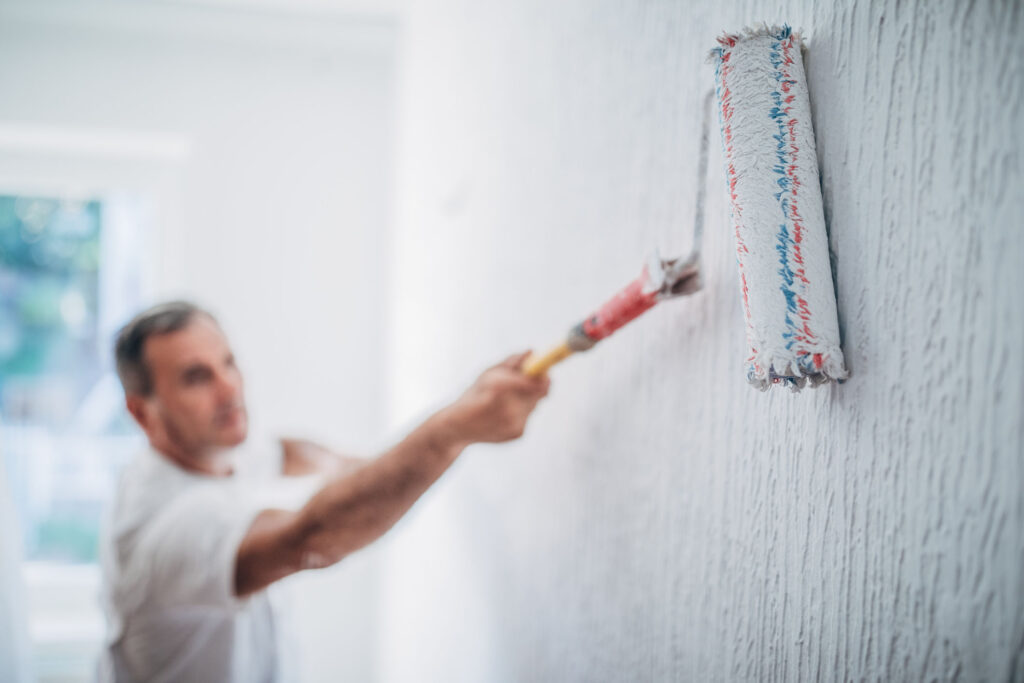
How do painters and decorators price jobs the right way?
To help you determine a fair and competitive price for your painting and decorating services, you can draw on factors including:
- Your experience
- Project scope
- Location
- Client type
- Required materials
- Any other costs
- Current market conditions
You can come up with your own formula for pricing each job to use as a template. Here are the steps to take when creating a quote.
Assess the project scope
Visit the project site and assess the specific requirements. This includes the surfaces to be worked on (walls, ceilings, woodwork, etc.), the number of rooms or areas required, and any additional services needed (e.g., wallpapering, plastering, trim work).
Calculate material costs
Create a list of all the materials required for the project. Be specific in terms of the quality and brand of materials you’ll use, as well as any special requests from the client.
Estimate labour costs
Determine how long you think the project will take. This includes time for preparation, cleanup, and potential delays. Multiply the estimated hours or days by your labour rate, to calculate the labour cost.
Include any extra costs
These might include transportation, parking fees, and the disposal of waste materials. Remember to also factor in the cost of insurance for your tools too.
Add a markup percentage
Add this to the total cost to account for your profit and business expenses. This will typically be around 10-20% on average.
Factor in value-added services
Highlight any unique skills, certifications, or guarantees you offer that can justify higher pricing.
Maintain accurate records of project costs and profits
This information can help you refine your pricing strategy for future jobs and ensure your business remains profitable.
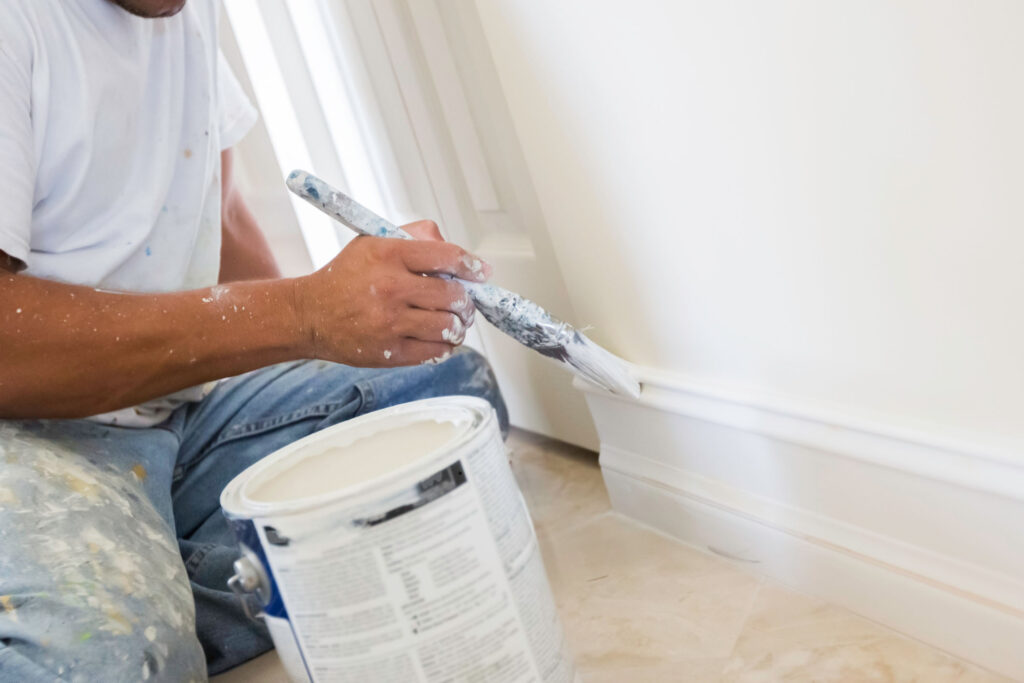
Tips for earning more as a painter and decorator
Providing high-quality work and excellent customer service is one of the best ways you can establish a positive reputation in the industry and confidently increase your rates. However, there are many ways to exercise good business sense and keep boosting your bottom line.
If you want to earn more, there are a few ways you can look to increase your income.
Specialise in profitable professional areas
Over time, you will get to know the types of work that help you to maximise your earning potential as a business. These may be jobs where the materials are less costly, which you can complete in a shorter amount of time, or which require less people. Developing insights into the best sources of profitability will help you to create a business plan that supports your annual revenue, by focusing your efforts on taking on more of this type of work.
Limit how far you’ll travel
While it may seem tempting to travel for work when opportunities arise further afield, you need to make sure it doesn’t end up costing you more than it’s worth in travel expenses. Focusing on work in your geographical area means you can keep costs such as petrol down, while avoiding running up excessive miles on company vehicles, which could impact your insurance. It also lets you grow your reputation locally, rather than spreading yourself too thinly, particularly if you have a smaller team or you’re a sole trader.
If there are going to be occasions when an opportunity further away makes good sense for your business, make these worth it for your business by charging extra fees for travel costs and additional time.
Be smart with your business costs
Your overall costs will depend on the equipment, tools and materials you use, the condition of the property you’re working on, the team you assign to the job (in the case of business owners), and how long it usually takes you to complete the work. You have more control over some of these factors, so make sure you always get the best rate for business purchases and build up relationships with suppliers for trade discounts. Never take out credit cards or loans unless absolutely necessary and they come with 0% interest deals, which you know you’ll be able to pay off within the given time period.
Create a marketing plan
There are many ways you can grow awareness of your brand online and offline, increase your customer base and generate sales. There are a range of strategies you can focus on, depending on your business needs. Search engine optimisation (SEO) helps you rank highly in Google and attract people to your website, while paid advertising helps you to compete against your competitors and target specific audiences. You might also want to look at out-of-home campaigns, such as billboards or radio adverts.
Employing marketing professionals to fill any skill gaps in these areas can be highly worthwhile, as they work towards key performance objectives, such as more website traffic, lead generation and revenue. Hiring freelancers for short-term projects can be a great way of testing the waters and seeing what kind of uplift you can get from investing in this area.

Get Painter and Decorator Insurance with Protectivity
When it comes to protecting your business against claims for injury or property damage, our tradesman insurance policy is a smart choice. By factoring it into your annual expenses, you can minimise the impact of unforeseen events that could harm your reputation and save on costs that arise as a result.
Protectivity’s Painter and Decorator Insurance offers a variety of cover options, including Public Liability, which gives protection against third-party claims from clients and members of the public. If you employ staff and contractors, Employers’ Liability providers cover for workforce illness and injuries.
Get an instant tailored quote for our Painter and Decorator Insurance. If you have any questions or further requirements, you can chat with our friendly team.
Get Painters and Decorators Insurance from Protectivity
*Disclaimer – This blog has been created as general information and should not be taken as advice. Make sure you have the correct level of insurance for your requirements and always review policy documentation. Information is factually accurate at the time of publishing but may have become out of date.
Last updated by




